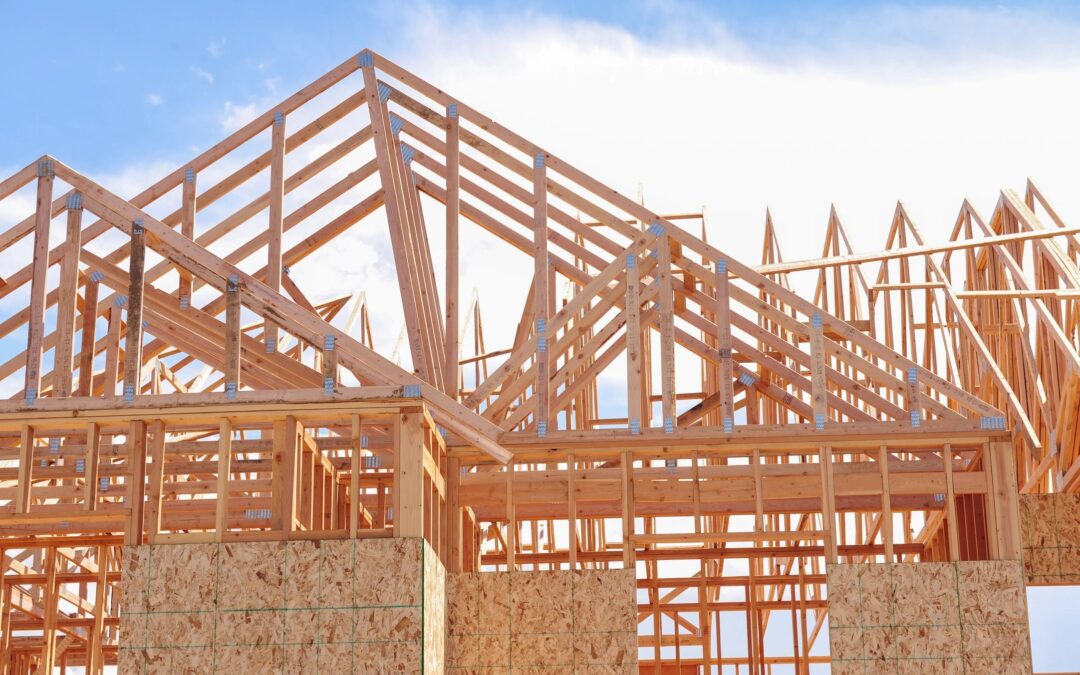
by Matthew Johnson | May 24, 2024 | Claim Construction, PTAB News
By Lauren Kim and Matt Johnson – The PTAB recently denied 10x Genomics, Inc.’s (Petitioner) IPR petition (IPR2023-01299) against President and Fellows of Harvard College (Patent Owner) challenging claims of U.S. Pat. No. 11,098,303. Patent Owner identified...

by Matthew Johnson | May 16, 2024 | Claim Construction, PTAB News, PTAB Trial Basics
By Hannah Mehrle and Matt Johnson – The Board declined to institute inter partes review because Petitioner failed to identify adequate corresponding structure in the challenged patent that performed the function of claim limitation that was to be construed...

by David Maiorana | Apr 11, 2024 | Claim Construction, PTAB News, PTAB Trial Basics, Trial Institution
By Luke Cipolla and Dave Maiorana – On March 7, 2024, the PTAB denied institution in 10x Genomics, Inc. v. President and Fellows of Harvard College, IPR2023-01299, Paper 15 (PTAB Mar. 7, 2024) (“Decision”). The PTAB denied institution on two separate grounds:...

by Matthew Johnson | Mar 29, 2024 | Claim Construction, Final Written Decisions, PTAB News, PTAB Trial Basics
By Sue Gerber and Matt Johnson – It goes without saying that claim construction is an important issue, but the PTAB’s recent decision in Netflix, Inc. v. DIVX, LLC, IPR2020-00558, Paper 66 (PTAB Feb. 22, 2024), shows not only that reasonable minds can differ...

by Matthew Johnson | Feb 8, 2024 | Claim Construction, Federal Circuit, PTAB News
By Luke Cipolla, Matt Silveira, and Matt Johnson – In Pacific Biosciences of California, Inc. v. Personal Genomics Taiwan, Inc., the Federal Circuit recently affirmed two PTAB decisions in IPRs filed by Pacific Biosciences of California, Inc. (PacBio) that...

by Sarah Geers | Jan 20, 2023 | Claim Construction, Federal Circuit Appeal
By Sarah Geers, Ashvi Patel, and Stephanie Mishaga – The Federal Circuit recently held, in Cupp Computing AS v. Trend Micro Inc., that a disclaimer in an inter partes review (IPR) proceeding is not binding on the USPTO in the same proceeding in which the...







